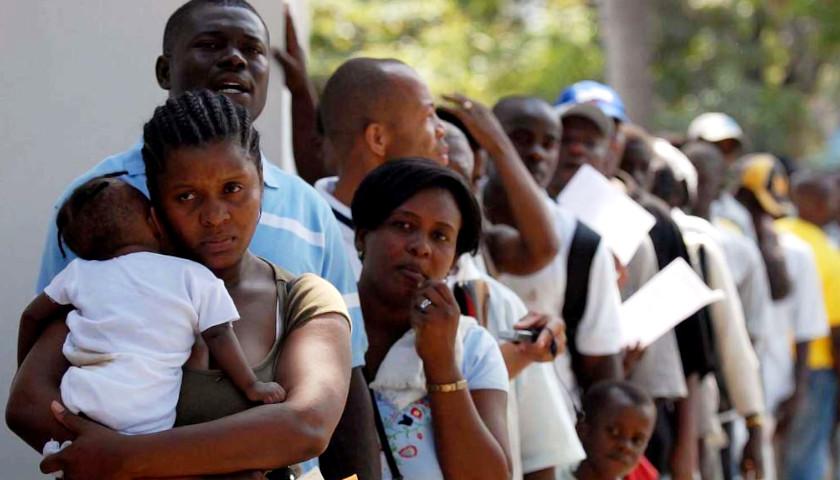The Center for Tech and Civic Life—which four years ago doled out controversial election grants that became known as “Zuckerbucks”—recently notified White Pine County, Nevada, of a $20,000 grant.
The county, in a major battleground state going into the Nov. 5 presidential election, has a population of about 9,000 and is part of what the Left-aligned center calls its Rural and Nonmetro Election Infrastructure Grant Program.
Read the full story

